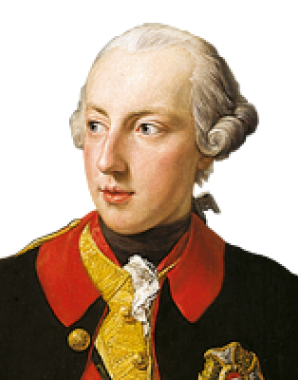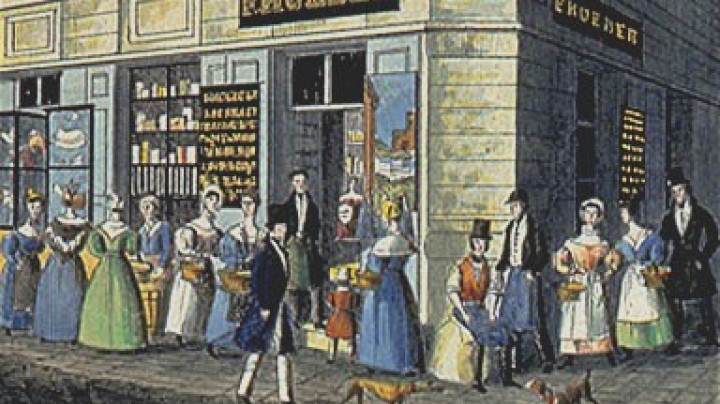Who is protected by protective tariffs? Sealing off the Monarchy as a form of economic programme
Free trade seemed to inflict nothing but damage on the economy of the Habsburg Monarchy. Hence it was deemed better to impose protective tariffs.
Imagine that you have ordered a product from abroad and must pay the State sixty per cent of its value – and then wait for up to six months before you are allowed to take the product home with you. Such regulations were introduced during the reign of Joseph II in order ‘to develop our trade’.
In line with mercantilist economic policy the monarchs of the seventeenth and eighteenth centuries aimed at an active balance of trade – it was essential to have more goods exported than were imported. In order to keep imports to a minimum Maria Theresia and Joseph II enacted so-called ‘prohibitive measures’, that is to say protective tariffs. These forbade people in the Habsburg territories to bring into them goods which they could themselves produce and sell. These included woven products, porcelain, jewellery, clocks and clothing, later everything except groceries (tea, coffee, tobacco, spices). The only territories exempted from this regulation were Tyrol and Galicia. Customs officers were allowed – if necessary with the use of weapons – to search for imported goods; they had to confiscate and publicly destroy any ‘foreign’ goods found. In return, in order to increase domestic sales, hawkers were permitted, a measure which was not warmly received by traders. Since the majority of European states had introduced protective tariffs, the Habsburg monarchs tried to stimulate trade with regions outside Europe. To this end several trading companies were founded. However, what turned out to be more profitable was trade with the Levant (i.e. the eastern Mediterranean area), as well as Russia, the areas along the Danube, and especially the Ukraine. The goods exported there were above all scythes, sickles and knives, while fur and caviar were imported.
















